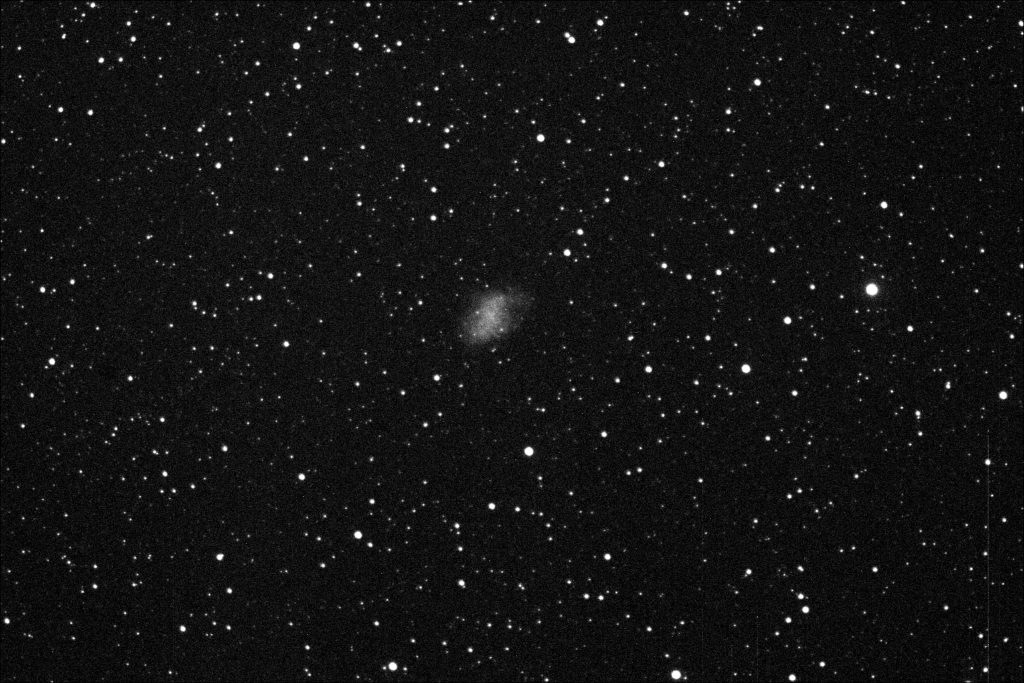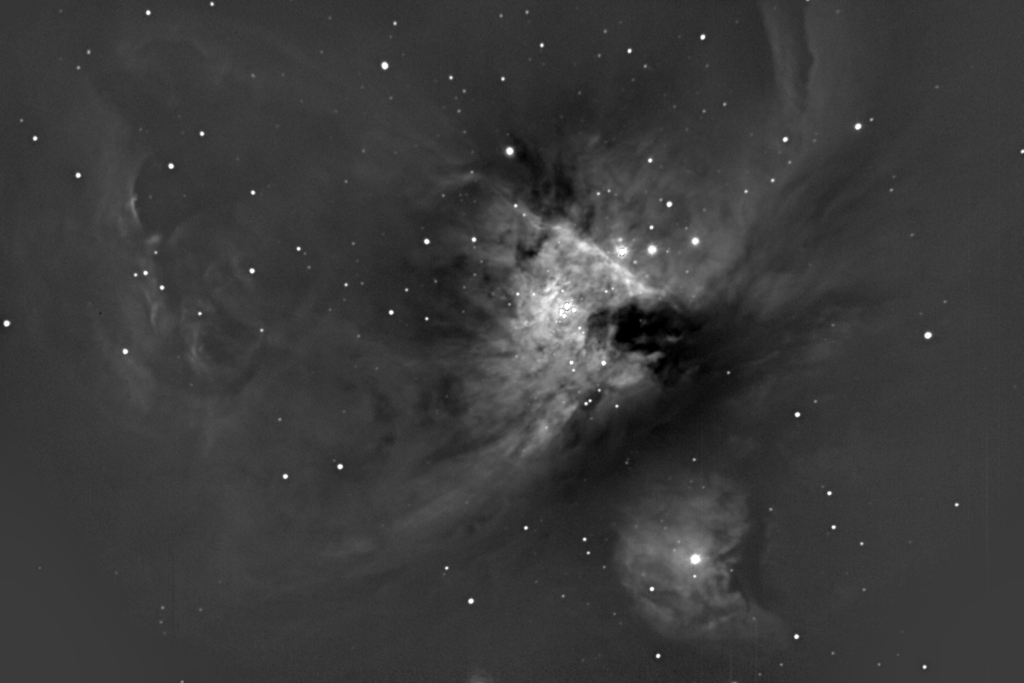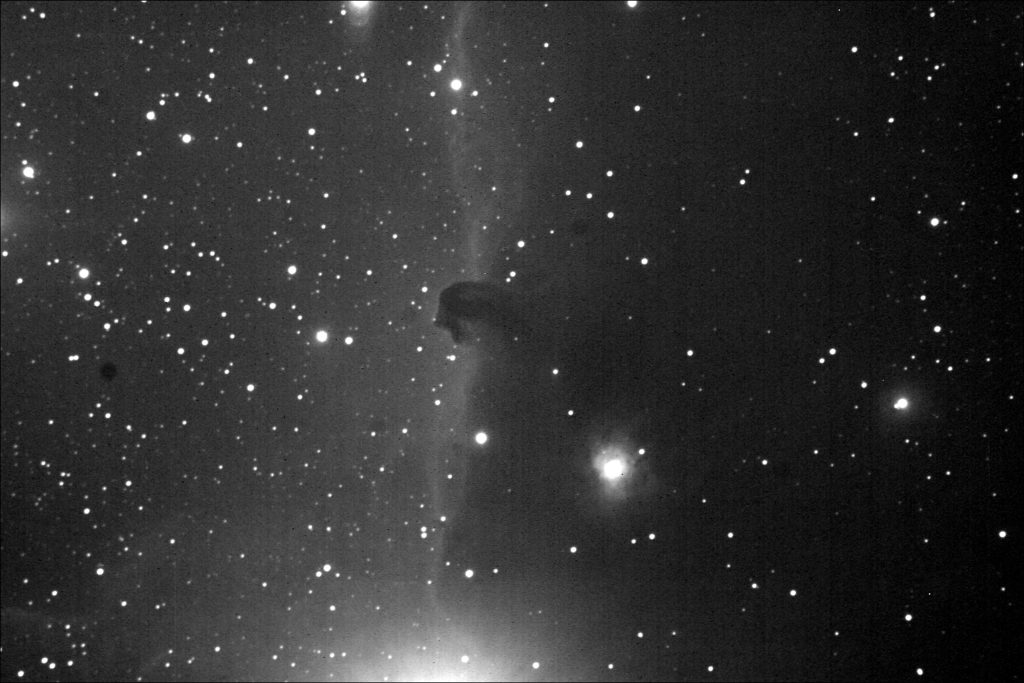
Sometimes you have to go small if you want to go big! For a number of years I have been using 6″ to 11″ telescopes, most from F/8 to F/6.3. These provide a fairly detailed view but with a smaller field of view. A few weeks ago I decided to move my SBIG ST-8E camera to the AR102 refractor and Sirius mount. The results with this small refractor really go big!
The AR102 is an achromatic refractor from Explore Scientific. It was purchased several years ago from Highpoint Scientific. The original intention was to use this as a grab and go telescope but it worked so well as an imaging scope that is pretty much all it has been used for in recent years. Chromatic aberration is not a big issue when you use photometric filters. The only real issue is that you have to refocus each filter. However, you eliminate the blobs around bright stars by using filters. This type of telescope would also work well for RGB filters as well. An ED or APO scope is needed if you want to use a one shot color camera. You can make a poor man’s ED scope by using a Minus V filter when you image with a color camera. It doesn’t eliminate the CA but it brings it to a level you can often eliminate with processing.
One of the real pluses of a telescope and camera combination like this is field of view. The combination of medium sized ccd chip and short focal ratio give a field of view of approx 72’x 42′. Compared to the FOV that many of us had with our first cameras this is huge! So if you want to go big (FOV) you gotta go small (Focal Ratio and Focal Length).
The Sirius mount was purchased used, hypertuned by a friend and then put on an Atlas Tripod. The original Sirius tripod uses 1.5″ legs and the Atlas uses 2″ legs. This probably adds about 5 lbs to the amount of weight the Sirius can carry. My Celestron AR152, F/8 refractor actually works quite well on this mount and you can even add the SBIG ST-8E camera and it does not overload the mount and impair the mounts tracking. There was no hand control with the telescope when I got it but it has been used with EQMOD and EQASCOM. These programs work well.
So what can it do! Here are some images from the AR102, Sirius and ST-8E combination!



Sometimes you have to go small if you want to go big!